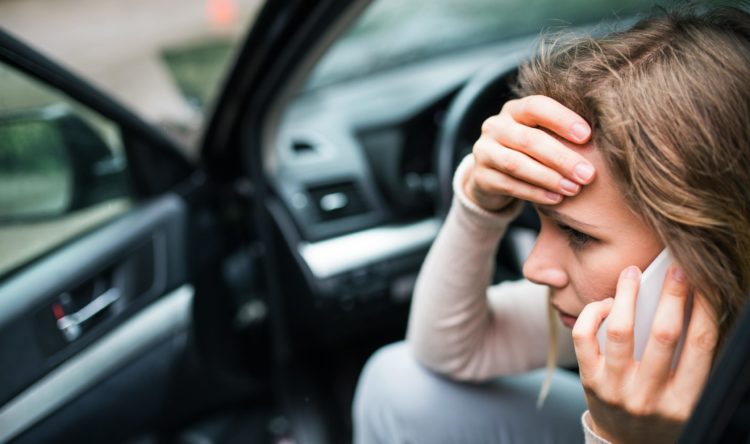Following Prince Philip’s car crash, how many elderly drivers are on the road?
The 97-year-old duke’s driving skills have received scrutiny after his recent crash – but how many people around his age have licenses in the US and UK?
Two women were left injured after a car crash with the Duke of Edinburgh earlier this month. The baby that was traveling with the women escaped injury, as did the 97-year-old prince.
One of the women, who broke her wrist in the collision, said she had hoped for an apology from the royal family but instead received a message from a police family liaison officer that said: “The Queen and the Duke of Edinburgh would like to be remembered to you.”
Two days later, Prince Philip was seen driving without a seatbelt. A spokesperson for the local police force said that “suitable words of advice have been given to the driver”.
One of the questions raised by the crash was whether the duke’s driving skills have received fair scrutiny. In the UK, health conditions that could impair an individual’s driving must be declared to the Driver and Vehicle Licensing Agency (DVLA) and after the age of 70, drivers must renew their licenses every three years.
Philip is one of just 11,624 drivers over the age of 95 in Britain to hold a license according to DVLA data from December 2018. It’s not clear how many of those license-holders continue to use their licenses to drive.
In the UK, the data is broken down for each year of age and shows that there are consistently more men than women. In the US, the reverse is true; there are more women than men who have licenses in each of the age groups that the US Department of Transportation uses to collect their data (last updated in September 2017).
The US and UK have similar patterns in the age of their licensed drivers; the number rises steadily until the age group hits 25, then significantly drops after the age of 55. But there’s a surprising pattern in between – there is a small drop in the number of licensed drivers for the age group in their early 40s.
That dip in drivers could simply be because both countries simply have slightly fewer people in that population group. And that seeming lack of 40-year-olds, could, in turn, be explained by lower birth rates in the UK and the US in the 1970s. Finally, those lower birth rates can be explained by a range of factors – including new methods of contraception becoming available and rising unemployment, which made it more expensive to have a child.
See full article from The Guardian here – https://www.theguardian.com/news/datablog/2019/jan/27/prince-philip-car-crash-elderly-drivers-data-uk-us





